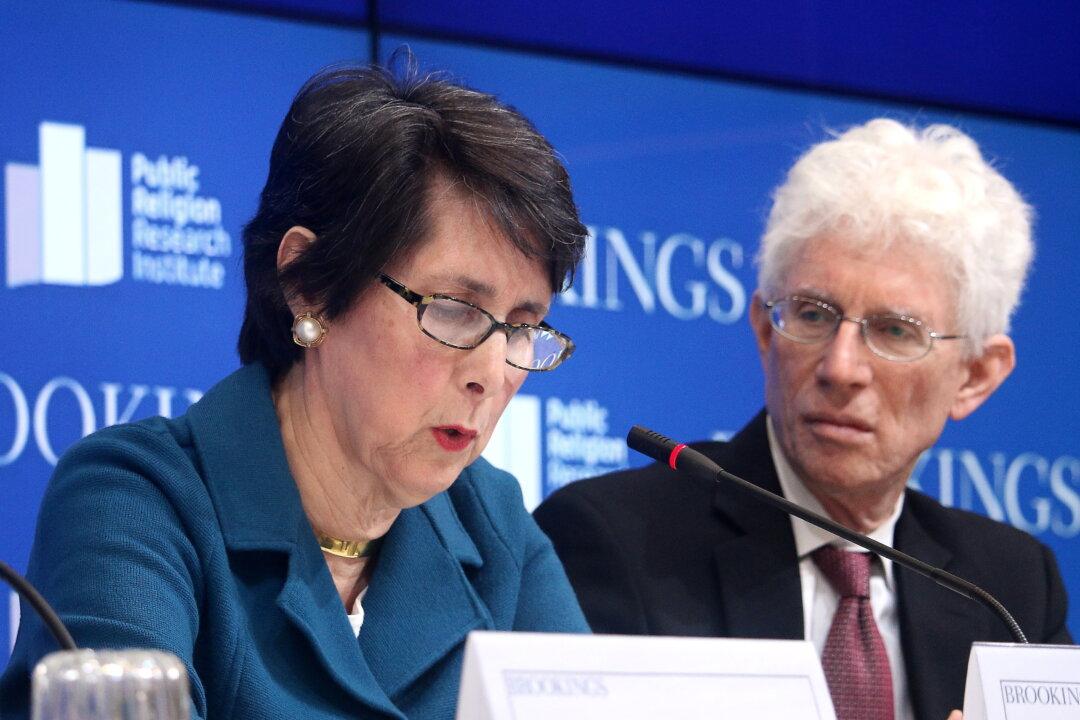WASHINGTON—Findings from a highly respected national survey found a significant amount of economic pessimism by the vast majority of Americans, despite the official end of the recession and current unemployment at 5 percent. The 2015 American Values Survey also documented polarization on several social issues, including immigration, terrorism, racial discrimination, cost of education, and the growing gap between the rich and poor. The white working-class emerged as a troubled, isolated group, holding beliefs at odds with other groups.
Released at Brookings Institution on Nov. 17 as a booklet titled, “Anxiety, Nostalgia, and Mistrust: Findings from the 2015 American Values Survey,” it was discussed at a forum co-hosted by Brookings Institution Governance Studies and Public Religion Research Institute (PRRI), which is responsible for what is its sixth annual AVS.
The survey had almost 2,700 respondents, who were representative of the national U.S. adult population from the 50 states in September and early October. The margin of error is +/- 2.6 percentage points. NORC (whose legal name is National Opinion Research Center) at the University of Chicago handled the technicalities of the survey, including sample selection, survey design, interviewing, and weighting results.
Some of the results were especially surprising and counter-intuitive.





